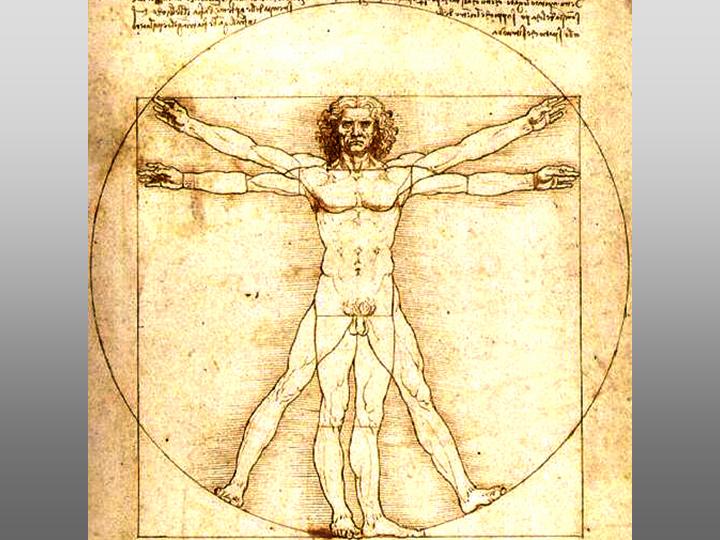
Music is one of those things that has existed throughout time, today we will be investigating the music of the Ars Nova Period and Renaissance. We are looking at a time period from about the 14th century to the 17th century when the baroque music of Bach and friends began to take over.
Music from this period and the baroque and even classical periods are normally very staid dynamics wise, meaning that they don’t have lots of change in dynamics (louder or softer). However, it is also interesting to note the usage of instrumentation, such as bell choirs, lutes, and other instruments, to accentuate certain points in the text to create tension. This gaining and release of tension will be referred to as cadence, which can, liberally, be defined as a pause in the music, often in tonal music defined by a V-I movement (movement for the Five chord to the One chord. EG. G to C). Most of this music is also often written for the church and it is mostly modal if not completely modal, and you can notice the avoidance of certain dissonances, but also the sometimes capricious use of dissonance.
Now to the fun part! What to listen to!
Well finding recordings of this period of music can be a daunting task. However, I am going to recommend a couple of artists and cds and you can work from there. I highly suggest using the library for classical music and for music of this period, especially Palestrina you should be able to find free recordings all over the place.
Ars Nova:
Machaut – This guy is the main composer from this period and is often considered the defacto ars nova composer.
Recordings:
The Hilliard Ensemble – Guillaume de Machaut The (complete) Motets
The Hilliard Ensemble – Guillaume de Machaut Messe De Notre dame
Renaissance:
DuFay – One of the earlier Renaissance composers.
Various Artists – Dufay: Missa L’homme armé; Supremum est mortalibus bonum
Gesualdo – One of the weirdest early composers. His life contains a murder and his music contains a lot of ideas that where not seen again until the romantics and onward.
Various Artists – Gesualdo: Quinto libro dei madrigali
Palestrina – The most famous of the Renaissance composers. You can find many of his compositions on YouTube, just listen.
Early Music – Palestrina: Choral Works / Oxford Camerata
– Chris W.
